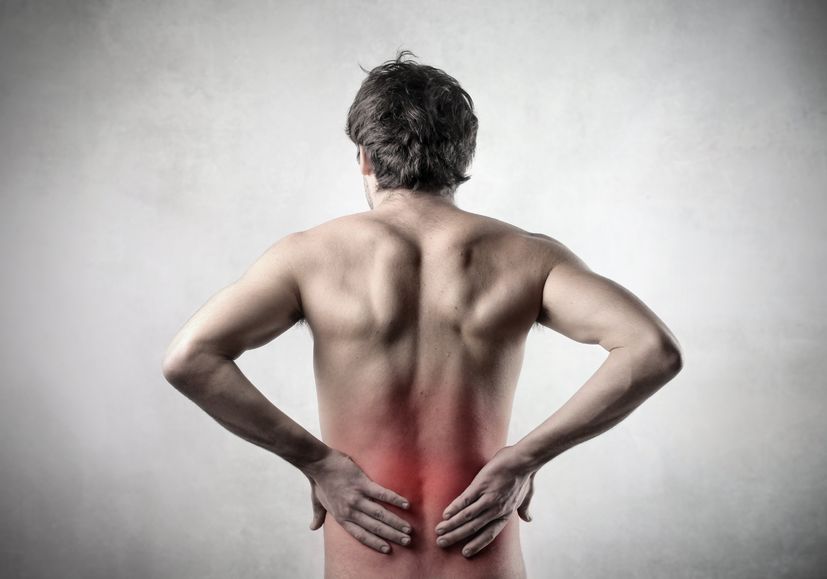Degenerative Disc Disease
What is the Degenerative Disc Disease (DDD)?
Degenerative disc disease is a natural aging process where the discs in our back lose their elasticity and ‘plumpness’, leading to stiffness and greater pressure being exerted on the joints surfaces, the development of osteophytes and in severe cases, compression of nerves – all of which can be very painful and debilitating.
Unfortunately, the process can be widespread throughout the spine – the neck, thoracic, and lumbar spines. However, the process does not always have to be painful and can be managed very successfully through physiotherapy.
Did you know?
- The spine contains over 120 muscles, 220 ligaments, and over 100 joints.
- You have as many bones in your neck as a giraffe. We both have 7 – obviously the giraffe’s are a little bit longer.
- You shrink around half an inch during the course of a day. This is due to the vertebral discs losing liquid, because of gravity, leading to a loss of height every day. The night discs reabsorb the liquid and you become taller again. However, the re-absorption decreases over time and is the main reason why we lose height as we age.
- As babies, we have 33 vertebrae but as adults we end up with 26. What happens to the nine remaining bones? Four of them will fuse to make our tailbone and five fuse to make the back of the pelvis
How does it happen?
Everyday forces, coupled with gravity, lead to the flexible gelatin structure of the vertebral discs becoming tougher and decreasing. The loss of gelatin causes the disc to become thinner, putting more pressure on the facet joints. This increases the chance of arthritis in these joints, which can give symptoms ranging from mild stiffness to severe pain and in severe cases nerve compression.
Who gets degenerative disc disease?
It is part of the natural aging process and the body’s response to forces placed on our bodies over time. The process usually starts in our 30s and progresses throughout our life. The speed and levels of degeneration are determined by many factors with poor posture, smoking, obesity, heavy physical work, weakness, and lack of exercise all contributors to the condition.
How can Physiotherapy help?
The good news is that degenerative disc disease does not have to be painful. Physiotherapy has been proven to help with the pain and function when degenerative disc disease is present. To do this the physiotherapist will do a full assessment and from that devise a treatment program tailored to you, which may include:
- Increasing mobility in the joints through stretching and graded mobilizations. This is important for any arthritis in the body, including the back, and is often the key to pain relief.
- Strengthening the trunk and hips to help take the pressure off the small joints in the back, thus reducing the pain and helping to stop it coming back.
- General exercise routines. This is not only useful in living a healthy lifestyle but has also been shown to help relieve back pain. Different options will be discussed to help you find something which suits you.
- Postural education to help in your daily life at work, home, and at play. Also sleep posture education to help you get that undisturbed bights sleep.
- Pain relief through different modalities and soft tissue massage to help relieve symptoms as quickly as possible.

